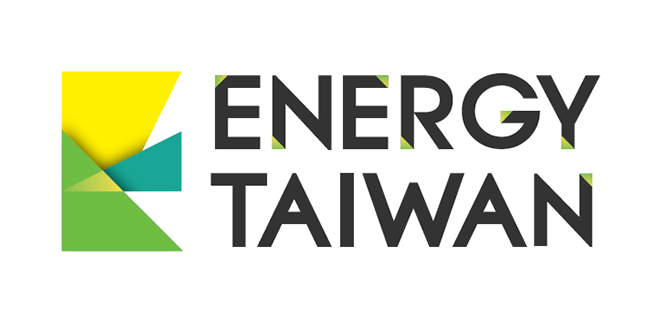News | 30th Apr 2025
STR and SubC Imaging sign exclusive global partnership
STR, a leading provider of advanced sensor technology and solutions for marine applications, has strengthened its global technology and service offering by signing an exclusive technology and service partnership with SubC Imaging, an original equipment manufacturer (OEM) of subsea cameras, digital video recorder products and data-as-a-service provider. The agreement is in response to increasing industry […]





